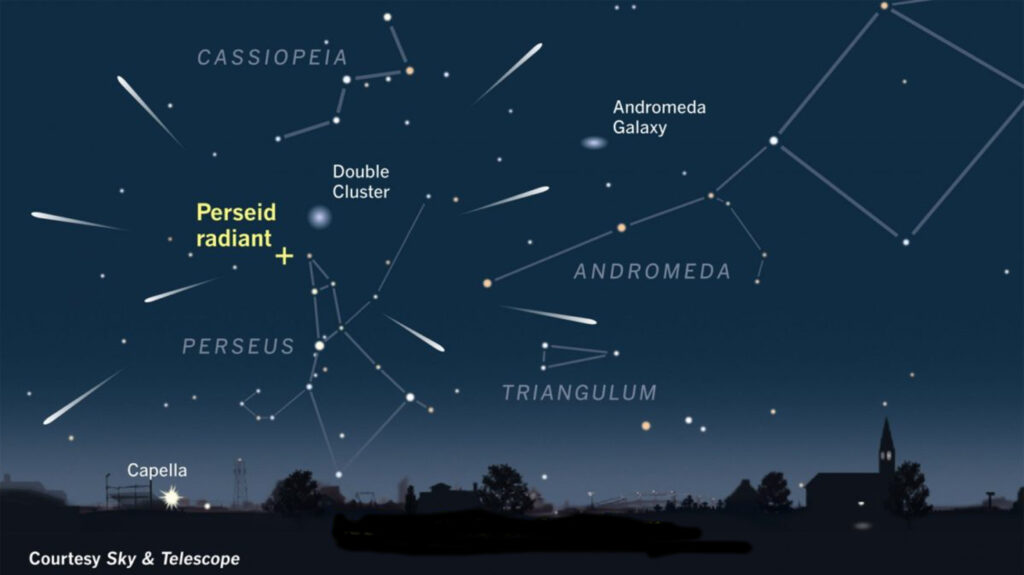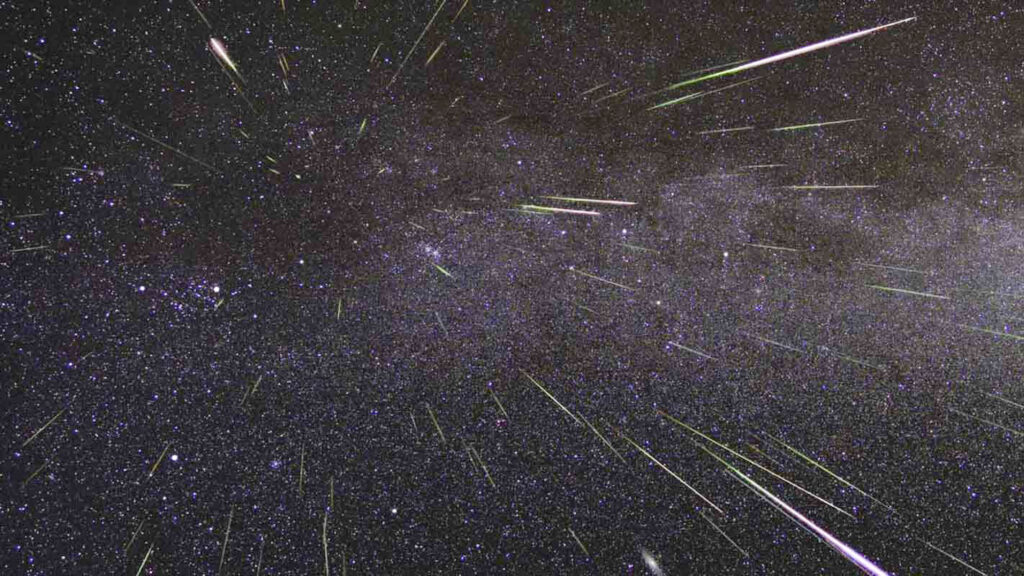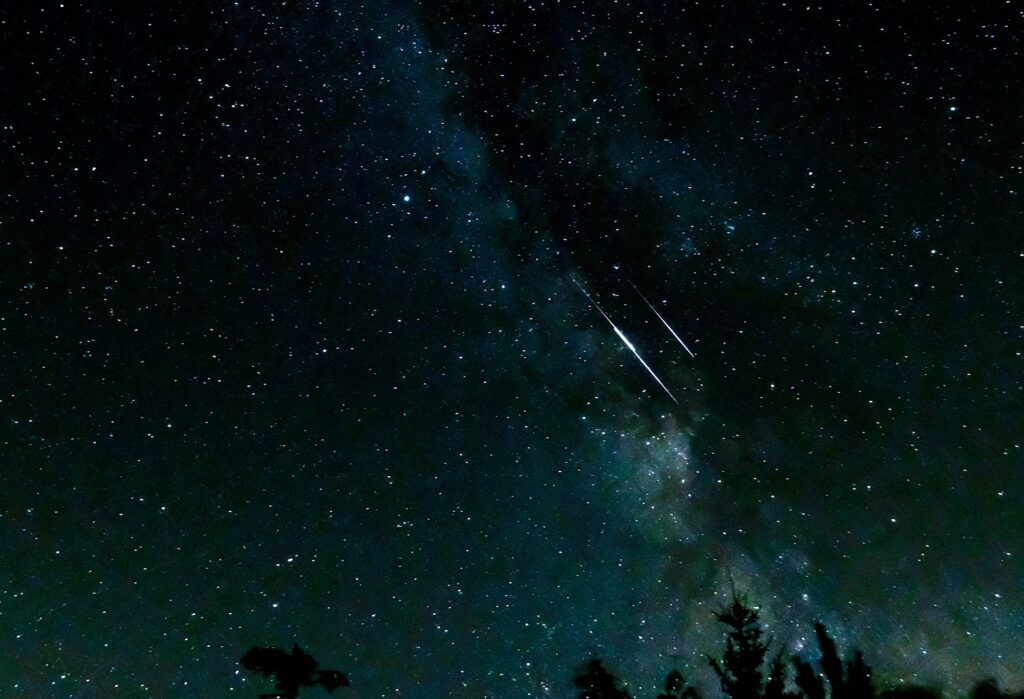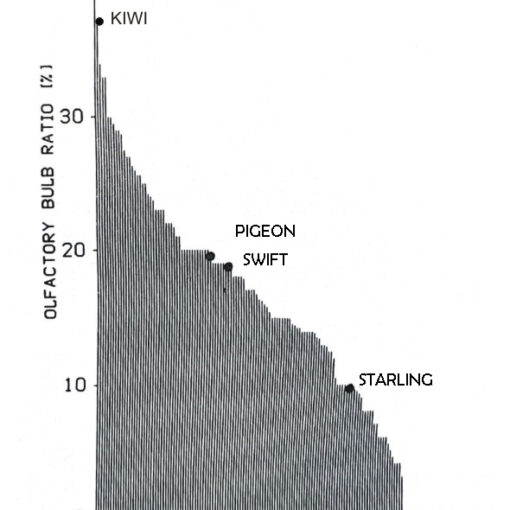
In August, from the comet Swift-Tuttle, a meteor shower originates which has the maximum passage peak in the nights between 10 and 13.
Every year, in August, the Earth, in its path around the Sun, intersects the swarm of debris left by this comet about 20 km large and which comes to visit us every 133 years: the Swift-Tuttle. This small debris a few millimeters large, impacting the earth’s atmosphere at a speed of about 200,000 km / h, disintegrate in an incandescent trail that illuminates the night sky.
When comets orbit in the inner areas of the solar system, they are heated by our own star, which causes the ice present on the star to melt, forming the classic long cometary tail.
This phenomenon is commonly referred to by the popular, but decidedly inaccurate, term of “shooting stars”. The dust and ice debris left by comet Swift-Tuttle in its passage around the Sun generate light trails that seem to all come from the same celestial area (radiant) within the constellation of Perseus; hence the name of Perseids.

In ancient times the comets, including the Swift-Tuttle, were considered an omen of catastrophes and disasters, therefore bad stars, and it is precisely here that the word “disaster” originates, in fact the word Astrum (star) in Latin was preceded by the prefix negative dis (dis-astrum).
This celestial event falls just behind August 10, the date on which the martyrdom of San Lorenzo is celebrated. In fact, the meteors of this period would represent the tears shed by the Saint. Hence the legend according to which it would be enough to recall the pain of the Saint by looking at his “tears” to see one’s wish fulfilled.

How to observe them
Already from the first week of August, it will be possible to observe some of them. Their number will gradually increase until reaching the peak of about 70 meteors visible every hour on the nights between 11 and 13 August. In the days ranging from 10 to 13 August, the crescent moon will set in the early evening, freeing us from its glow.
The best way to observe them is absolutely with the naked eye, to make the most of the huge field of the sky that our eyes can frame and therefore see as many trails as possible. No binoculars, nor a telescope.
Even if the meteors have the radiant in the constellation of Perseus, my advice is, if possible, to lie down and look at the zenith: we will have a wide field of view and with the corner of the eye, we will be able to spot even the lowest ones on the horizon. Maybe we do not turn our gaze to the South-West, that is, on the opposite side of the radiant, to avoid not seeing it at all. Of course, the more the sky is free from light pollution, the more there is the possibility of observing many shooting stars and maybe some bolide, a long and slow trail of fire created by some larger debris that illuminates the night sky. A much rarer phenomenon, but once observed it becomes unforgettable.
Credits
Author: Giancarlo Neccia is an amateur astronomer and astrophotographer of the “La via delle Stelle” association of which he is vice president. He is the technical manager of the “La via delle stelle” observatory in Montelanico (Rome) and the Maurizio Cassandra observatory in Carpineto Romano (Rome) equipped with a 400 mm Marcon telescope.
Translation by Maria Antonietta Sessa



